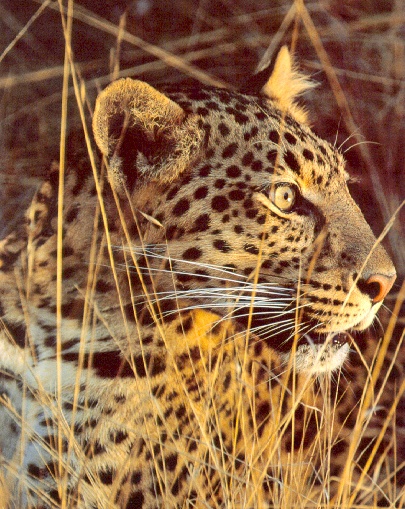|
| Query: Leopard | Result: 1264th of 1434 | |
[Sj scans - Critteria 2] Leopard
| Subject: | [Sj scans - Critteria 2] Leopard
| |

| Resolution: 405x509
File Size: 138871 Bytes
Upload Date: 2005:04:17 00:06:47
|
ERROR : Server Busy(-1105)
ERROR : Server Busy(-1105)
[Sj scans - Critteria 2] Leopard |
^o^
Animal Pictures Archive for smart phones
^o^
|
|